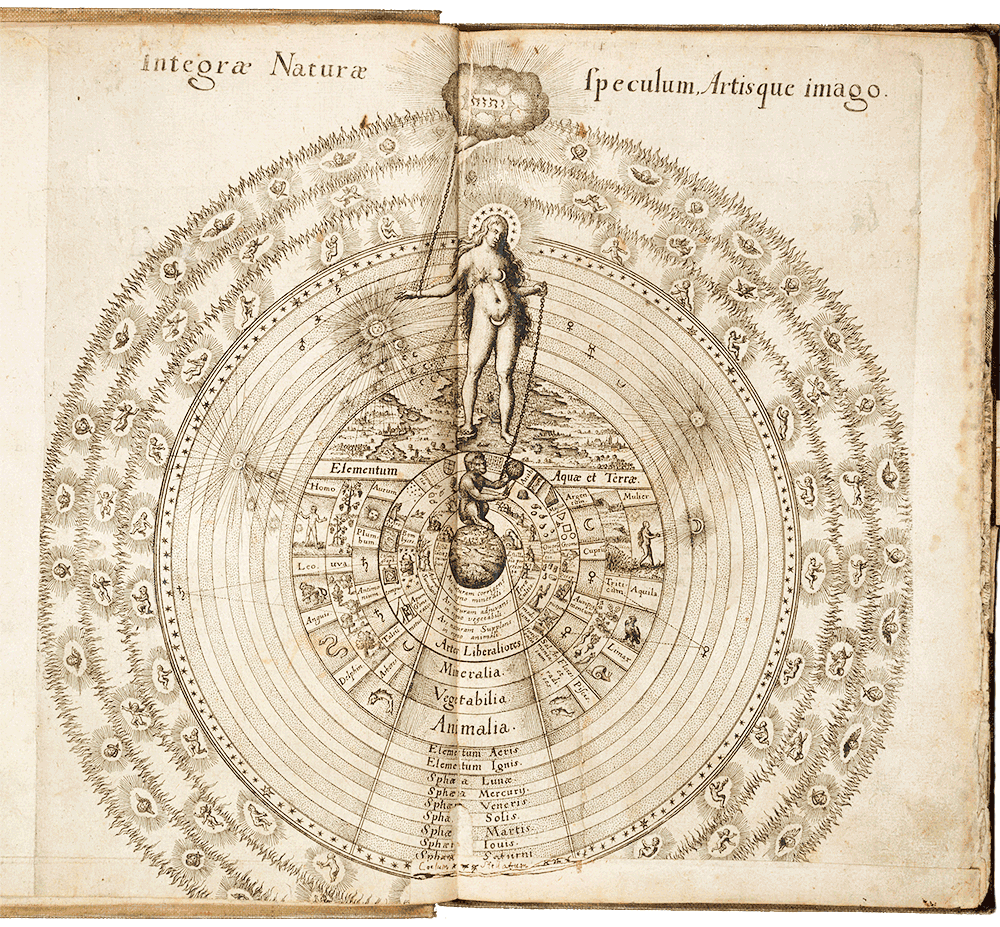
The living world, or the trillion tons of plants, animals, and microorganisms that inhabit virtually every pore, crevice, landscape, and volume of water, from pond to ocean abyss, is undergoing massive change. Most people have heard of the “Sixth Mass Extinction” and the “Anthropocene” which, when put together, points to a global devastation of life on Earth that is occurring at our hands. The good and bad news is that we are stewards of the modern world, and have the power to make the living world richer and more vibrant than it ever has, or change it to a fragile, simplified system of land- and sea-scapes that do little more than serve humanity. The challenge is to understand our place, significance, and role in the living world and the cosmos rather than being distracted by so many things that divide us, lead to inequality, and conflict. Perhaps peace, prosperity, and beauty reside in our being a global species that is at one with nature. But many people have little understanding of ecology, evolution, or environmental biology — the fields necessary to get a sense of the living world.
I and my colleagues began a field of research in the 1990s that explored how the diversity of life influences our world. It is not just a mass of plants and animals and microorganisms that make our world resilient and sustainable, it is the massive diversity of life on Earth that matters. A farm, grazing system, or aquaculture installation has plants and animals and microorganisms, but the diversity in these systems, compared to natural systems, is nil. The simplification of the living world is the greatest threat we face — all else pales in comparison to this challenge.
It was fascinating to me to see this illustration from Robert Fludd, an English scholar from the 15th century, capture the state of our understanding of the world (at least from a Western perspective), in one figure, back when I was asked to write a review of the field. In this figure, God, Nature, humanity and all of life on Earth is illustrated as series of spheres, with the heavens on the outside. One can see the idea of a Biosphere, considered a modern idea, embedded in the diagram as vegetablia and animalia, linked to the chemical, physical, cosmic, and spiritual dimensions of the world. God controls nature (the angry cloud with the chain), nature nurtures the living world (the giving breast and chain connected to a primitive beast that is us), and controls humanity, who both lives and studies all that is around us.
I saw, in this ancient figure, an understanding that aligns with what we started in the 1990s and could very well reshape our world for the better if we all pondered our place in the living world and cosmos rather than being so distracted by myriad other things.
Images & text are copyright © by their respective owners.
Information about the imgtlk project.